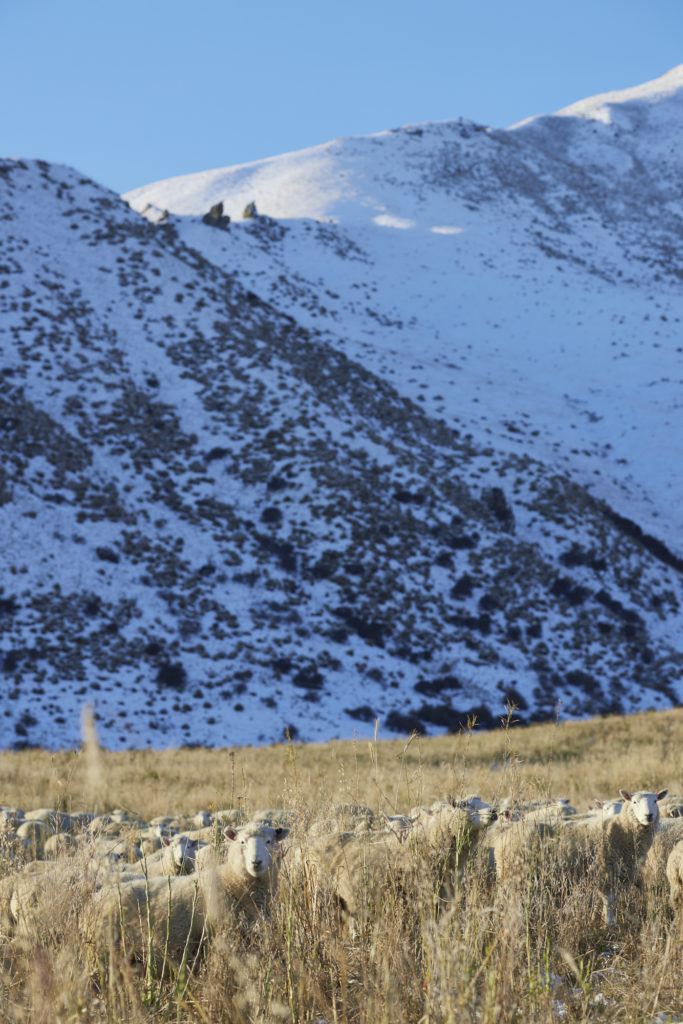Uncategorized
A beginner’s guide to regenerative farming
The term “regenerative” has been bandied around a lot in regards to farming, and it is even creeping into tourism. But, what exactly does it mean?
There aren’t any hard or fast rules – there are no certifications, regulations or compliance to call yourself regenerative (we will touch on this later). However, while there’s plenty of auxiliary concepts, the one, simple commonality is that it is about improving the health of our soils, to regenerate and leave it better than it was before you.
Soil health can be regenerated through selected practices that avoid erosion while allowing for an increase in organic matter in the soil (broken down plant/root material).
The positives are healthier soil, naturally more aerated and less compacted, with thriving networks of microbes, and a healthy environment for these essential bacteria and fungi to exist in, higher levels of organic matter that help hold on to moisture, and a greater ability to sequester carbon. It all equals more resilient soil.
One of the key principles is minimal tilling (a quick, shallow pass with a set of discs) or, better yet, no tillage at all by using a direct drill (a machine that places the seed ready for germination in the ground).
Unfortunately, these practices aren’t for every soil type, and they certainly don’t work for every seed. (For example, small seeds such as clover prefer a finer tilth), but the technology is always improving. Going by the research and development into machinery, there’s a global push towards less invasive seeding technologies, so watch this space.
Another key principle is to always keep living roots in the ground or as much as possible. Bare paddocks are frowned upon for exposing the soil, making it vulnerable to wind or water erosion and runoff. Having a cover, or a carpet of living plants and roots is like having a protective armour over your soil, much like a mulch in your garden.
Microbes in the soil feed and thrive on living roots, in a constant, mutually beneficial exchange of nutrients and energy. In your own garden, dig up some moist soil that has roots/plants in it (whether grass or other plants), and some bare, dry soil and observe how much more life (such as worms) the former has in it.
Heavy ploughing/tilling leads to an environment where the microbial networks are uprooted, lifted and destroyed or severely hampered, but also significant loss of carbon that’s been sequestered in the soil.
This is where having some paddocks in continuous pasture and cover crops that self-sow each year (that animals rotate on) is important, rather than just annual crops that require heavy tilling, sowing, and all the fertilizer and other inputs every year.
The type of crops grown is also important. A multispecies cover crop of herbs, legumes and grasses can co-exist in a mutually beneficial partnership, with each plant type providing some process that the others don’t. (For example, peas provide nitrogen, radishes die and break down in the soil providing aeration near the surface, while sunflowers’ long tap roots help increase deeper water infiltration).
Each plant helps set up the others around them. While there still is competition for light and moisture, they are stronger as a collective. They also form a delicious smorgasbord for livestock that are lucky enough to roam through.

Livestock form the last part of the puzzle.
To truly regenerate soil, animals are key. They form a crucial role in the ecological cycle. The rough guide is that livestock should eat a third, trample a third, and leave a third of the crop. The third they eat becomes manure (free fertiliser), the third they trample becomes biomass to feed the underground “livestock” of microbes, and the third they leave will take off again and regrow. The farmer needs to watch carefully and manage how much their stock eats.
It’s not much of a stretch to conclude that the ongoing compliance and costs are what have hampered the growth of farmers moving to organics. This is a relatively well documented issue. The hoops to jump through to retain an organic status are real and costly for the farmer, and are often not recouped or passed to the end eater.
While there is temptation to brand up the term “regenerative”, and to certify its use through compliance and regulation, it would be best to let each farmer trial and hone which practices of this style of farming best suits their environment and business.
We don’t want to hamstring what is an important and increasingly popular philosophy with a broad approach that is impractical to farms that are genuinely doing their best to regenerate their environment.
In agriculture and food production, it is never one-size-fits-all.

